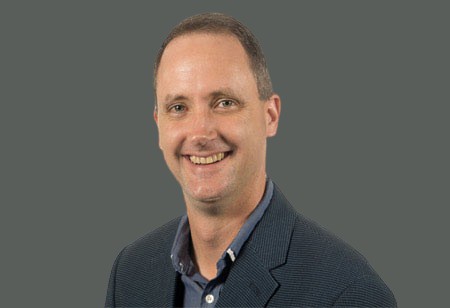Thank you for Subscribing to Construction Business Review Weekly Brief

Key Challenges in Managing Construction and Demolition Waste
From 1 July 2021, the Ministry for the Environment has started progressively increasing and expanding the national waste disposal levy. This expansion includes both progressive cost increases, and progressive widening of the waste types liable for the landfill levy.
The levy cost for landfills that take household waste (Class 1) will be progressively increasing over four years from the current $10 per ton, set in 2009, to $60 per ton in July 2024.
The levy expansion to cover additional landfill types, including construction and demolition (C+D) fills (Class 2), is set to come into force in July 2022, initially set at $20 per ton, increasing to $30 per ton in 2024. The system will further expand to include managed or controlled fill facility (Class 3 and 4) in July 2023, initially at $10 per ton. To determine to tonnage of C+D waste being disposed of in New Zealand, owners of Class 2 landfills have been required to record and report waste tonnages from 1 January 2022.
The additional revenue from the waste levy will be put back into initiatives that support waste reduction, such as building New Zealand-based recycling infrastructure.
Risk allocation and timelines for projects can create barriers to recycling, however, smart project owners can shift costs and build a strong sustainability story by building time for deconstruction to maximize the value of buildings and components to be removed.
In addition to tackling the inputs to landfills, the Ministry for the Environment is also currently investigating the generation of landfill gas from Class 2 - 5 landfills, where some organic waste is disposed of. The key driver behind this is Ināia tonu nei: a low emissions future for Aotearoa, a New Zealand Climate Change Commission report (2021), which sets out targets for reducing harmful methane emissions to meet New Zealand’s global commitments.
In preparation for these additional costs, smart generators are managing costs and creating new revenue streams by focusing on easily recyclable materials, such as crushed concrete, reinforcing steel, non-ferrous metals, and reusable native timber and hardwoods. These materials provide a base to target other materials, helping to identify processing options and to develop new markets. The changing cost profile for disposal, alongside logistics and extraction costs, means that recovery and recycling of C+D waste is going to increasingly be business as usual.
However, given the historically low cost of disposal and transport costs of C+D waste, due to the proliferation of Class 2 landfill facilities throughout New Zealand, the management markets for this waste stream are currently local or regional.
This means that what is financially viable in Auckland is different to that in the Waikato, Wellington or Canterbury.
Some of the key challenges of managing C+D waste in New Zealand include:
- Treated timber (copper - chrome - arsenic, copper based and others) is an ongoing challenge for recycling from both old buildings and agricultural uses (for example fence posts)
- Fast tracked construction techniques which make it difficult to recover items for reuse when buildings have to be removed quickly due to tight program timelines
- Tight structural and weather tightness standards making it difficult to reuse building materials in many applications
- Risk allocation and timelines for projects can create barriers to recycling, however, smart project owners can shift costs and build a strong sustainability story by building time for deconstruction to maximize the value of buildings and components to be removed. An excellent example of this is the Piritahi House Removal Programme, which has recycled 92% of materials by relocating many homes for reuse elsewhere and recycling all of the materials they were currently able to
- For plasterboard larger offcuts may be reusable, and design aligned with standard sheets can reduce waste significantly. Clean waste plasterboard can be crushed for use as recycled gypsum including incorporating into compost or soil amendment products. Ultimately full recycling of the gypsum should be the aim as when it is landfilled it can cause H2S gas generation that can cause significant odor impacts.
Tonkin & Taylor Ltd (T+T) is working with motivated clients to plan for and implement waste recovery and diversion from landfill across a range of projects. We are working alongside Building Research Association of New Zealand (BRANZ) and public sector construction clients to improve information on C+D waste in New Zealand, simplify data collection and reporting, and most importantly, develop an understanding of demand for recovered materials at a local, regional, and national level.








